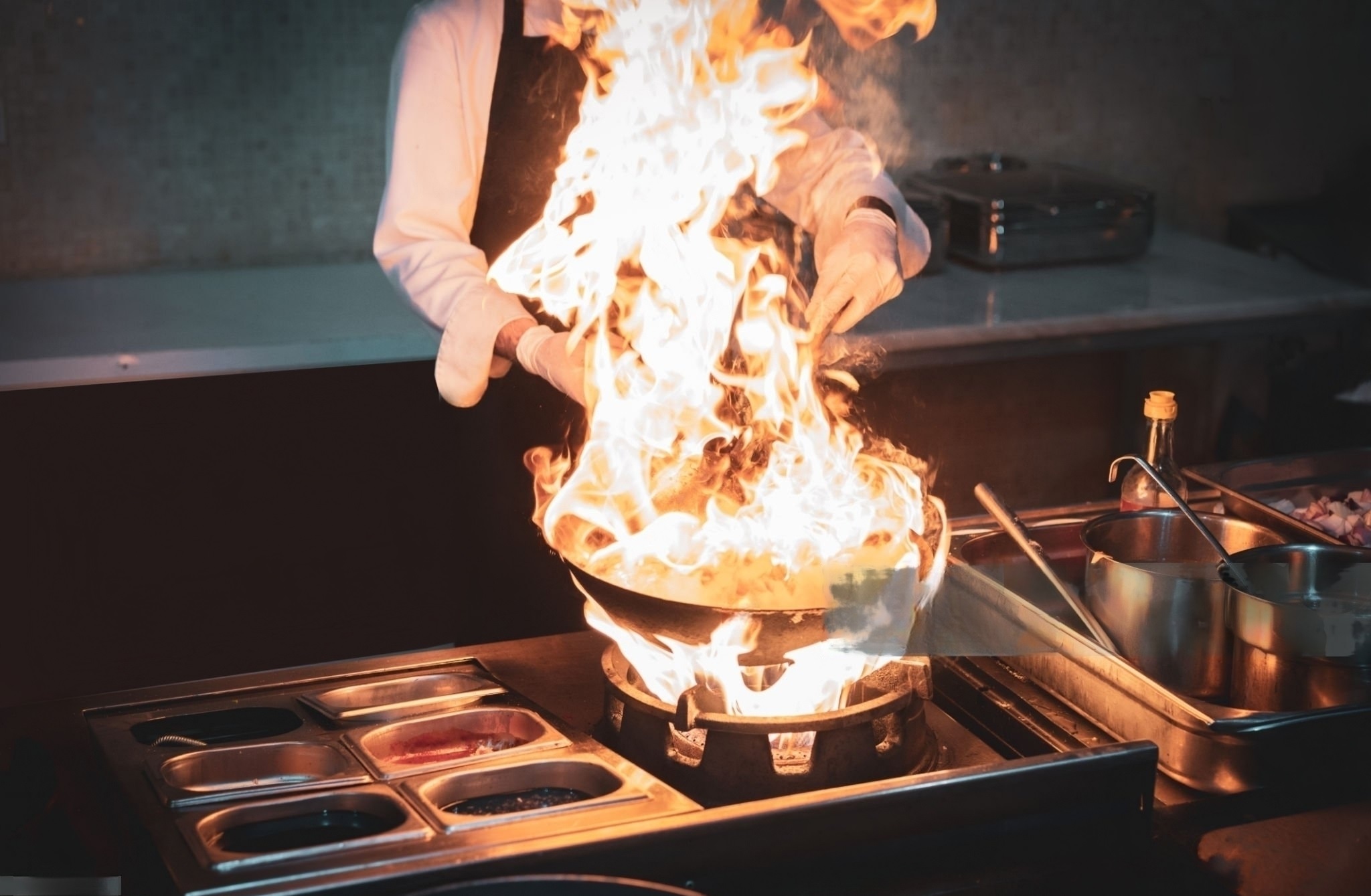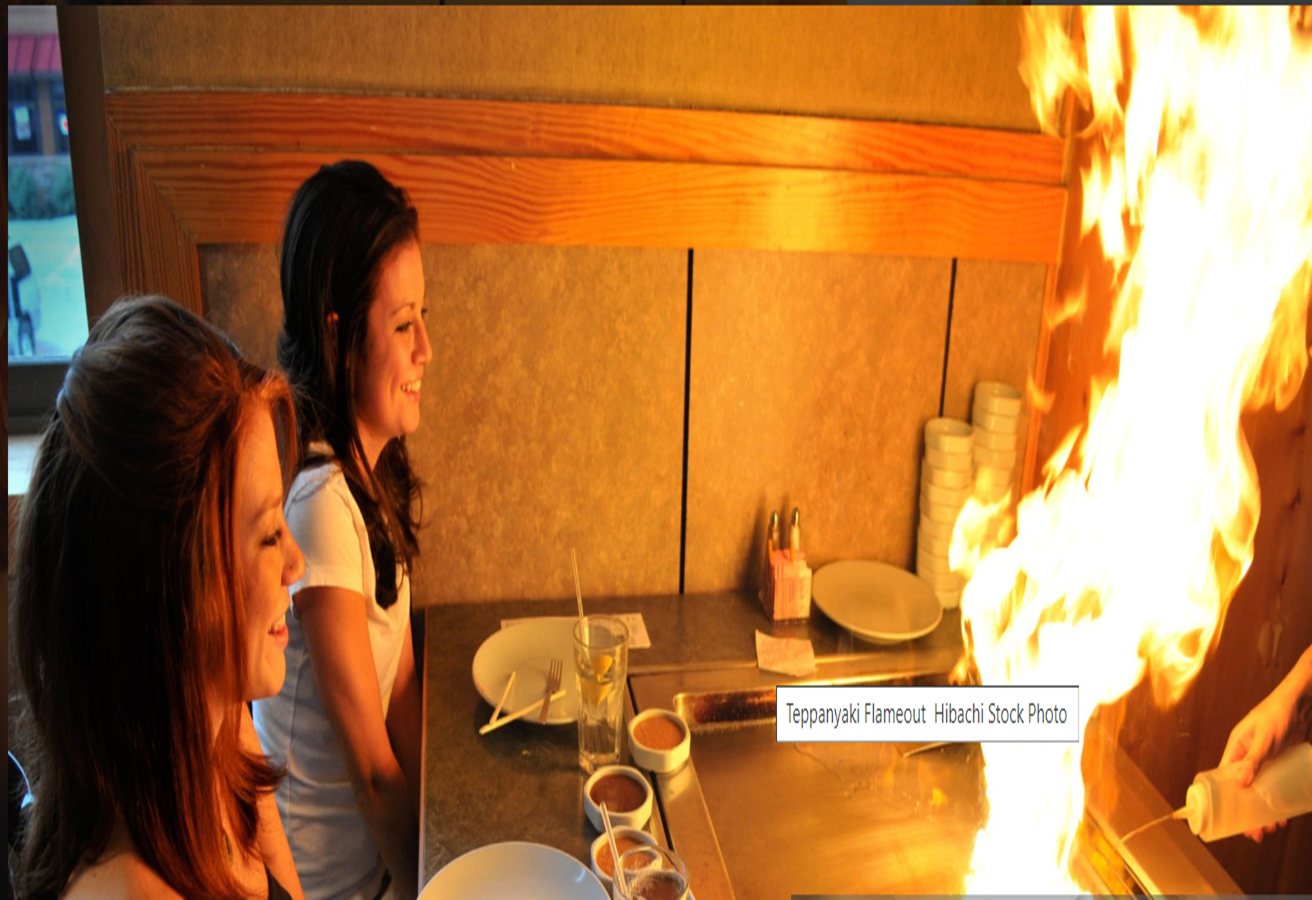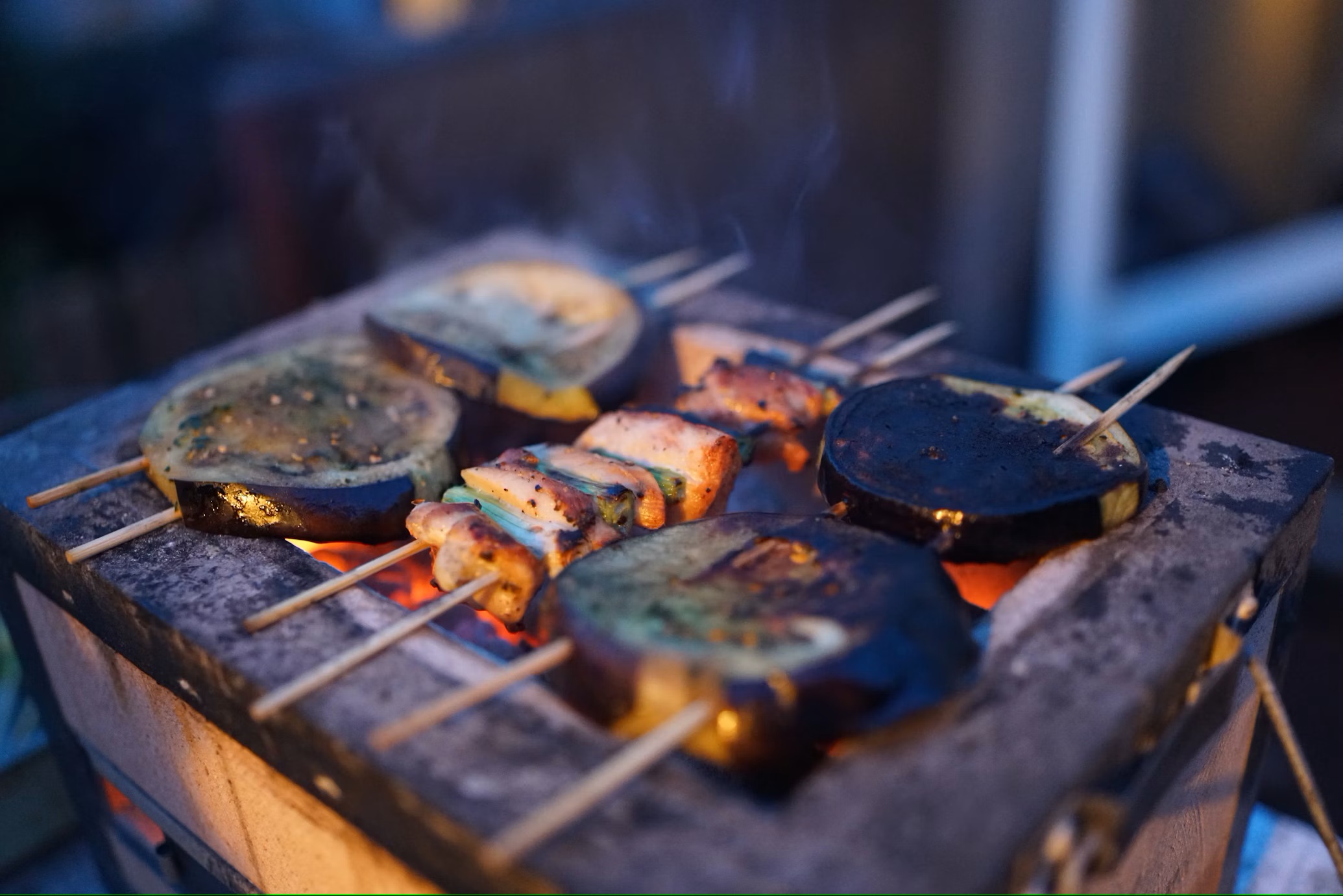Hibachi, a term often interchanged with teppanyaki in the West, refers to a style of Japanese cooking that takes place on an iron griddle. While the culinary art has deep roots in Japan, it has evolved into a theatrical dining experience, especially in Western countries. At the heart of this captivating experience is the hibachi chef, whose role transcends mere cooking to include an array of skills and a flair for showmanship. This blog explores the multifaceted role of the hibachi chef, delving into the unique skills required and the elements of performance that make a hibachi meal an unforgettable event.
The Culinary Expertise of a Hibachi Chef
A hibachi chef must first and foremost be a master of the culinary arts. Their training typically includes:
1. Mastery of Techniques:
- Knife Skills: The hibachi chef’s knife skills are paramount. They must be able to slice, dice, and chop with precision and speed, often transforming these actions into part of their performance.
- Grilling Techniques: Cooking on a flat iron griddle requires an understanding of temperature control, timing, and the ability to grill various ingredients, including meats, seafood, vegetables, and rice, to perfection.
2. Knowledge of Ingredients:
- Freshness and Quality: The chef must ensure the freshest and highest quality ingredients, as the simplicity of hibachi cooking means that the natural flavors of the ingredients take center stage.
- Ingredient Pairing: A deep understanding of which ingredients complement each other is essential for creating a harmonious and flavorful meal.
3. Culinary Creativity:
- Signature Dishes: Many hibachi chefs develop their own signature dishes or unique twists on traditional recipes, adding a personal touch to the dining experience.
- Adaptability: Chefs must be able to adapt to dietary restrictions and preferences, often modifying dishes on the fly to accommodate guests’ needs.
The Performance Aspect: Showmanship in Hibachi Cooking
What sets hibachi chefs apart from other chefs is their ability to entertain while they cook. This showmanship aspect is crucial for the hibachi dining experience and involves several key elements:
1. Theatrical Knife Skills:
- Flipping and Twirling: Chefs often flip and twirl their knives and spatulas, creating a mesmerizing display of dexterity and control.
- Onion Volcano: One of the most iconic tricks, the chef creates a volcano from onion rings, sets it aflame, and uses it as a focal point of their performance.
2. Interactive Cooking:
- Engaging the Audience: Hibachi chefs interact with diners, making jokes, tossing food into guests’ mouths, and creating a fun, communal atmosphere.
- Participation: Guests are often invited to catch food or participate in simple tasks, enhancing their connection to the meal.
3. Flame and Fire Tricks:
- Dramatic Flames: Setting alcohol alight on the grill creates dramatic bursts of flame, thrilling diners and adding an element of excitement.
- Egg Juggling: Chefs juggle and toss eggs with precision, often cracking them open mid-air, showcasing their skill and precision.
4. Precision and Timing:
- Coordinated Movements: The timing of each cooking step is crucial, as the chef must coordinate multiple dishes while maintaining the flow of their performance.
- Synchrony with Colleagues: In a busy restaurant, chefs often work in tandem, synchronizing their movements and tricks to create a seamless dining experience.
The Personal Traits of a Successful Hibachi Chef
Beyond culinary skills and showmanship, certain personal traits are essential for a successful hibachi chef:
1. Charisma:
- Personality: A hibachi chef needs a charismatic personality to engage and entertain guests, making them feel comfortable and involved in the experience.
- Humor: A good sense of humor helps to lighten the atmosphere and keep guests laughing and engaged throughout the meal.
2. Confidence:
- Stage Presence: Confidence is key to performing tricks and engaging with guests. The chef must exude a commanding presence while maintaining a friendly demeanor.
- Handling Pressure: The ability to stay calm and composed under pressure, especially during peak dining times, ensures a smooth and enjoyable experience for all.
3. Communication Skills:
- Clarity and Articulation: Clear communication is essential for explaining dishes, instructing guests, and performing tricks safely.
- Multilingual Abilities: In diverse regions, being able to communicate in multiple languages can enhance the dining experience for international guests.
The Training and Path to Becoming a Hibachi Chef
Becoming a hibachi chef requires rigorous training and dedication. The typical path includes:
1. Formal Culinary Education:
- Culinary School: Many hibachi chefs start with a formal education at a culinary school, where they learn fundamental cooking techniques and theories.
- Specialized Courses: Some institutions offer specialized courses in Japanese cuisine, focusing on teppanyaki and hibachi cooking methods.
2. Apprenticeship:
- On-the-Job Training: Aspiring hibachi chefs often apprentice under experienced chefs, learning the nuances of hibachi cooking and the art of performance.
- Mentorship: A mentor provides guidance, feedback, and valuable insights, helping the apprentice hone their skills and develop their unique style.
3. Practice and Refinement:
- Continuous Practice: Mastery comes with continuous practice, both in cooking techniques and performance skills. Chefs often practice tricks and routines outside of working hours.
- Feedback and Improvement: Seeking feedback from peers, mentors, and guests helps chefs improve their skills and performance.
The Cultural Significance and Evolution of Hibachi
Hibachi cooking holds a significant place in Japanese culture, with its roots tracing back to the Edo period. However, the Western adaptation of hibachi has transformed it into a unique dining experience that blends tradition with modern entertainment.
1. Cultural Preservation:
- Traditional Techniques: Hibachi chefs preserve traditional Japanese cooking techniques while adapting them to modern tastes and preferences.
- Cultural Exchange: The hibachi dining experience serves as a cultural exchange, introducing diners to Japanese culinary traditions and hospitality.
2. Evolution and Innovation:
- Fusion Cuisine: Many hibachi chefs experiment with fusion cuisine, incorporating elements from different culinary traditions to create innovative dishes.
- Modern Trends: The evolution of dietary trends and preferences, such as veganism and gluten-free diets, has led hibachi chefs to innovate and diversify their offerings.
Conclusion
The role of the hibachi chef is a dynamic blend of culinary expertise and theatrical showmanship. These chefs are not only skilled cooks but also performers who create a memorable dining experience through their impressive techniques and engaging interactions. Their ability to balance precision cooking with entertainment makes them the stars of the hibachi grill, enchanting diners with every meal. As hibachi cooking continues to evolve, the dedication and creativity of hibachi chefs ensure that this unique culinary tradition will thrive for generations to come.




